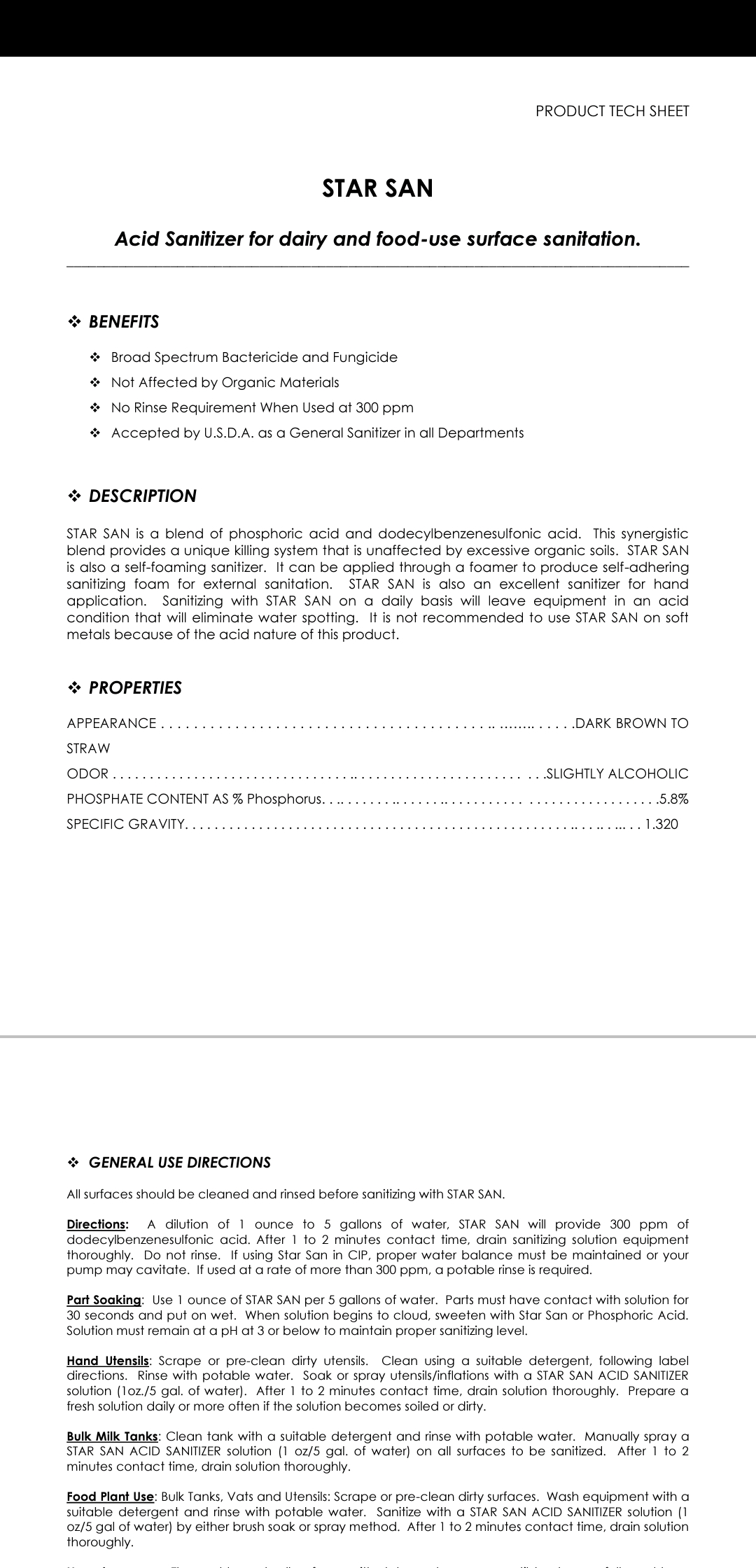Sadfield
Landlord.
From another forum. Having harvested and used yeast from the wild, this echos my experience. Starsan, isn't enough if the cleaning isn't up to spec. Also, wild yeasts aren't always different to brewers yeast. Saccharomyces Cerevisiae can be wild, that's where brewers found it.


Last edited:





